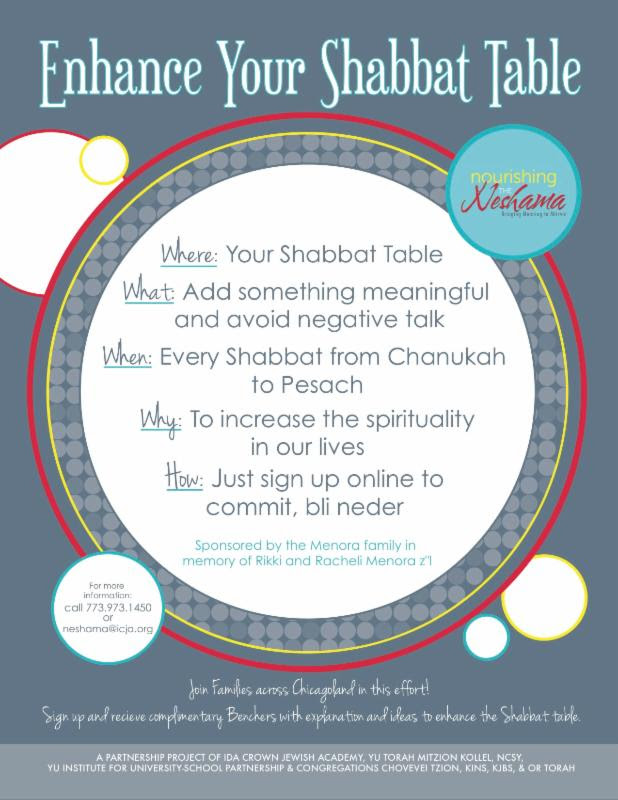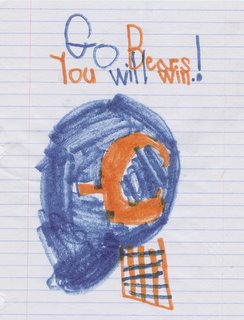 |
| Location of the Chicago Siyum HaShas

|
It’s been almost a week since the Chicago Siyum HaShas event. I held off on posting right way, because I was curious if the excitement of the celebration that I felt, along with my 12 yr old son, was just just a flash of light or something more lasting. Just that fact that the theater, which holds 4,400 people was pretty much sold out still blows my mind.
Looking back, there were a few things that I viewed as highlights.
Organization: The fact that months of planning and coordinating went into making the event run smoothly was evident. The Agudath Israel did an amazing job from start to finish. Emails were sent describing in detail where to park, which entrances to use, information about snacks for purchase prior to the event, etc. Countless committee chairs, volunteers and staff spent countless hours helping. It was also planned that there was one unified mincha and maariv.
Hakoras HaTov: The speakers at the Chicago event included HaRav Shmuel Fuerst (who gave Dvrei Praicha), a video of HaRav Shmuel Kamentsky (which was broadcasted life from MetLife), HaRav Uren Reich (who gave Dvrei Chizuk), HaRosh Yeshiva Avrohom Chaim Levin (who made the Siyum), Rav Gedaliah Dov Shwartz (who made Hascholas HaShas), and Rav Yissocher Frand (whose address was broadcasted live, as well). Each of the Rabbonim made specific mention of the Hakoras HaTov that must be given to the wife and children of those who are involved in Daf Yomi.
Enertainment: After the Siyum we were treated to a men’s choir made up of people from across the community, truly representing Klal Yisrael. Their voices blending together making harmony gave all who listened a sample of what true achdus is all about. They were accompanied by HaTav Orchastra. Many of us broke into dancing and, I admit, it was very cool dancing with people I didn’t even know celebrating the greatness of Torah. I will also say that the two videos we say, “Daf through the Decades” and “Heroes of the Daf” were very moving.
A physical connection to Daf Yomi: A touching moment, for me, in Chicago was when HaRav Gedalia Dov Schwartz (Av Beis Din for the RCA and the cRc) was given the kavod of saying the beginning of Gemara Berachos. He held up and used a gemara he received for his Bar Mitzvah. It was printed in Petrakov, where Rav Meir Shapiro was Rav in 1931, the year of the first Siyum HaShas…I got chills. That is totally amazing, because it’s something physical that make the connection real for all of us.
Rabbi Frand: As always, he was wonderful. It was nice, for the Chicago people. that he spoke so much about Rav Nosson Tzvi Finkel zt’l. That line at then of his address, “Beyond your reach is really within your grasp” was golden. Rav Frand’s address was a live feed. I happened to tweet that line after he said it and saw that a friend at the NY Siyum tweeted the same thing 14 seconds before me. I was so inspired, that I created (thanks to a google search and a little background in graphic design from the mid-1990s) the image below. I use it as a lock-screen for my phone. Every time I use my phone it reminds me to keep on going a little further than I think I can. Great mussar for me.
My wife mentioned to me a week and a half before the Siyum that we have been married for 15 years and had I been “doing” Daf Yomi this could have been my second Siyum HaShas. She only meant it as a comment, but I took it to heart and, bli neder, I have committed to learning Daf Yomi in a shiur (so far I have hit both morning and evening shiurim every day) in hope of being a participant and not just an observer at the next Siyum HaShas.
In the short time that I’ve been learning Daf Yomi I have noticed two very interesting things about myself. Firstly, I am constantly thinking ahead about my schedule for the upcoming days and what shiur I will attend (BH we have a multitude of shiuim and I am still trying to find a good time and magid shiur to attach myself with). Secondly, I have felt much more creative and energized that I have in years. I won’t chalk it up completely to the koach of limud Torah, but it is probably more due to the residual wave of excitement of starting something new.
.jpg) |
| Current lock-screen, optimized for Android and iPhone. Please feel free to use it. |
 A new initiative is starting on Shabbos between Chanukah and Pesach, as families throughout Chicagoland are committing to spend the next few months dedicated to adding renewed meaning to their Shabbos table. Please click on this link (it takes less than one minute to sign up) to receive materials in the mail this week to start enhancing your Shabbat table experience! This program is being sponsored by the Menora family for sponsoring this initiative in memory of Rikki & Racheli Menora z”l.
A new initiative is starting on Shabbos between Chanukah and Pesach, as families throughout Chicagoland are committing to spend the next few months dedicated to adding renewed meaning to their Shabbos table. Please click on this link (it takes less than one minute to sign up) to receive materials in the mail this week to start enhancing your Shabbat table experience! This program is being sponsored by the Menora family for sponsoring this initiative in memory of Rikki & Racheli Menora z”l.


.jpg)



